How will heatwaves shape Prague’s future
2025-09-29
As part of the EU-funded CROSSEU project, which explores climate-related risks and societal responses across Europe. This CROSSEU case study area #1 (CSA#1) investigates how rising temperatures—particularly the growing frequency and intensity of heatwaves — are affecting populations in Prague, Czech Republic. This research combines regional climate modeling with socio-economic vulnerability analysis and targeted stakeholder engagement to identify critical risk factors and potential interventions aimed at reducing heat-related mortality, especially among the city’s most vulnerable populations.
Stakeholder Engagement and Workshop Results
As part of the research process, the CSA#1 team conducted a Stakeholder Workshop on November 20, 2024, hosted by the City of Prague in partnership with local research institutions. The event brought together 31 stakeholders from academia, public health, city planning, and civil society to co-identity challenges and co-develop solutions for heat risk management.
Key findings included:
- Heatwaves are the most significant climate hazard for Prague.
- The elderly, socially isolated, and low-income groups were identified as the most vulnerable.
- Main barriers to effective heat risk management included political short-termism, low public awareness, and limited understanding or use of climate data (Figures 1 and 2).
- Priority solutions identified by stakeholders included:
- Apolitical long-term planning, to overcome the limitations of four-year election cycles that often shift political priorities and hinder the consistent implementation of long-term strategies.
- Environmental education, aimed at increasing public awareness and resilience to climate hazards.
- Enhanced green-blue infrastructure, promoting the integration of natural elements—such as water features (blue) and vegetation (green)—into urban planning, including the support and use of Nature-based Solutions (NbSs).
Increase green-blue infrastructure - this means a support of more water (blue) and greenery (green) in the city planning. Support of NbSs. Etc.
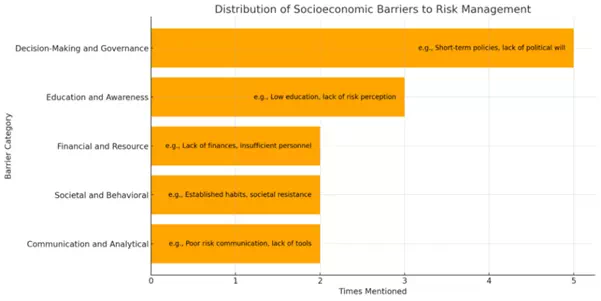
Figure 1 Socioeconomic barriers in heat risk management identified by the stakeholders.
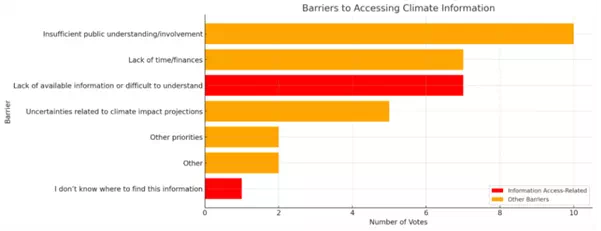
Figure 2. Barriers to assessing climate information ranked by the number of votes.
Stakeholders also highlighted demographic changes —particularly population ageing and shifts in population distribution — as major factors affecting the societal impact of heatwaves. These findings support the CSA#1 team’s focus on modelling how an ageing population may influence future heat-related mortality under climate change.
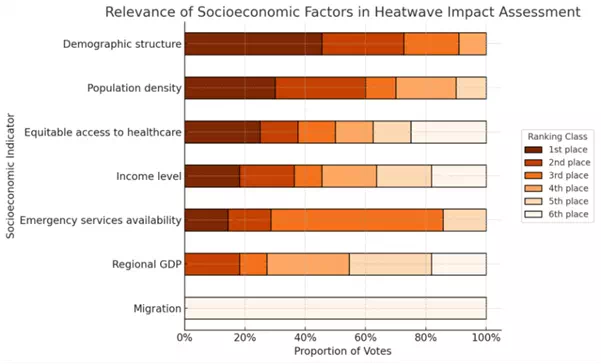
Figure 3 Relevance of socioeconomic factors in the impact of heatwaves on society.
First results of the analysis
A Structured Methodological Framework
Climate and Socio-economic Scenarios
Using high-resolution regional climate models (EURO-CORDEX) under two emission scenarios (RCP4.5 and RCP8.5), the analysis projects future temperature trends and the impact of these on mortality in Prague and other Czech regions. This is paired with demographic projections (EUROPOP2019) for four future periods—2030, 2050, 2070, and 2090—allowing researchers to assess the impact of population aging on the future impact of heatwaves. Figure 4 compares annual heat-attributable deaths in Prague in the future scenarios a) assuming constant population structure (Future constant pop) and b) population aging (Future changing pop).
Impact Assessment and Main Findings
Mortality datasets from 1994–2019 are used to calculate temperature–mortality associations, stratified by age and sex. The result: a detailed understanding of how rising temperatures affect different population groups, especially older adults (75+), who are most at risk.
Main Results
The escalating intensity, frequency, and duration of warm extremes (i.e., heatwaves) have been identified as one of the most evident threats to human health associated with climate change. The results of our present analysis suggest that the currently observed trend in increasing heat-related mortality burden will continue if no adaptation takes place.
Specifically, in Prague, our findings indicate that by the end of the century (2090s, RCP 8.5), we can expect more than 230 heat-attributable deaths annually, compared to 55 annual heat-related deaths in the 2000s (Figure 4). In some regions of the Czech Republic, such as South Moravia, the burden of heat-related mortality will be substantially aggravated by demographic changes. Therefore, the nationwide heat impact is projected to increase from the current 290 to as many as 1500 annual heat-related deaths by the 2090s (RCP 8.5). On average across the four future periods, 20% of the increase in excess mortality was attributable to population aging, with the peak impact occurring in the 2070s.
Our findings suggest that estimates of the future mortality burden associated with extreme temperature events are highly sensitive to demographic changes within regions. In addition, both intra- and inter-national migration will likely alter future population distributions and exposure patterns. To account for these dynamics, follow-up analysis will integrate alternative population scenarios based on migration storylines informed by the Shared Socioeconomic Pathways (SSPs), allowing for more nuanced and policy-relevant projections.
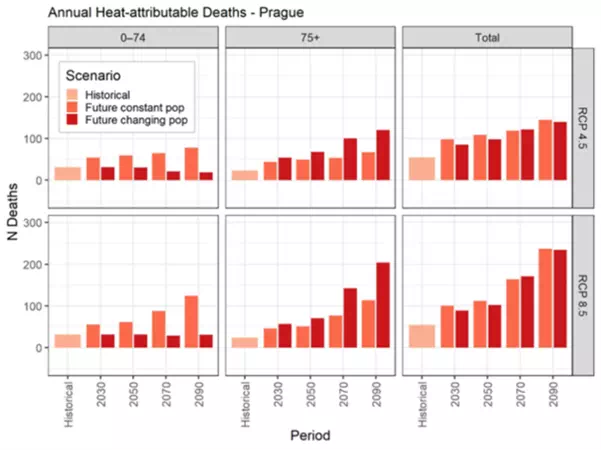
Figure 4 Historical and future distribution of annual heat-attributable deaths in Prague, Czech Republic, under RCP 4.5 and RCP 8.5 scenarios, with (future constant pop) and without (future changing pop) population aging, stratified by age (0-74 yrs., 75+ yrs., and total population).
What to read next

CROSSEU Brings Alpine Flood Risks into Focus: A Case from Trentino
The CROSSEU project’s findings from Case Study Area 4 (CSA#4), led by the University of Padova, highlight the socio-economic value of flood protection by combining physical and social sciences in a novel way.

How will heatwaves shape Prague’s future
As part of the EU-funded CROSSEU project, which explores climate-related risks and societal responses across Europe. This CROSSEU case study area #1 (CSA#1) investigates how rising temperatures
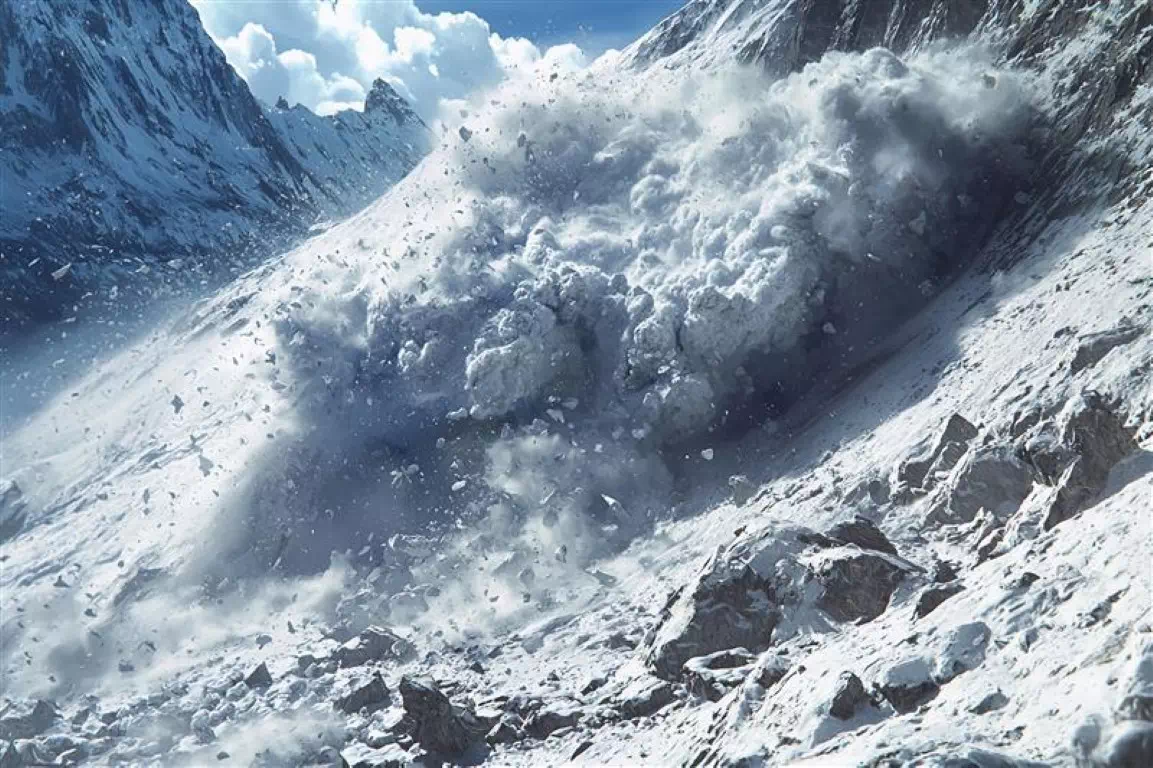
Can we predict the future of snow avalanches in a warming world
s climate change accelerates, mountain communities across Europe face increasing risks from snow avalanches - sudden, localised hazards with potentially devastating impacts on lives